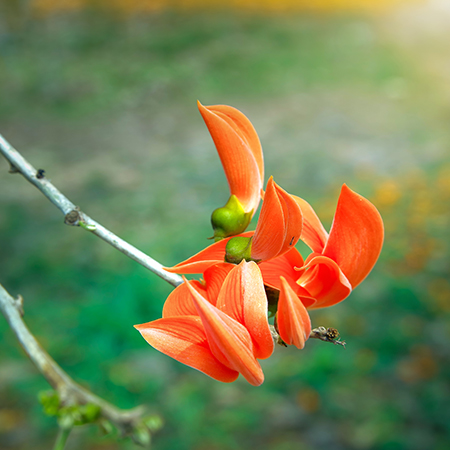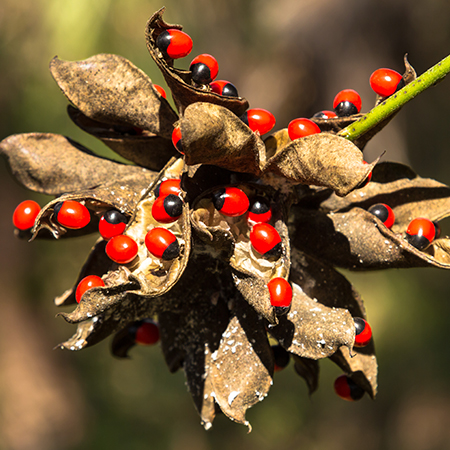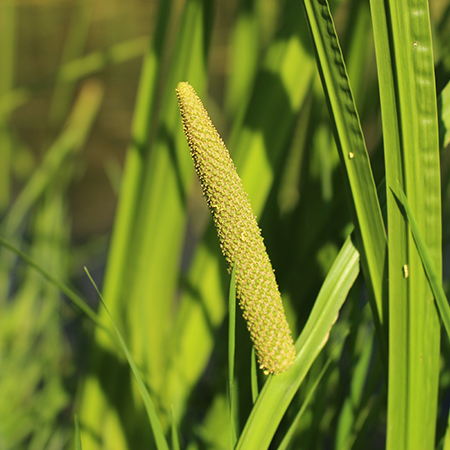-
About Us
button

Dabur India Limited is a leading Indian consumer goods company with interests in Hair Care, Oral Care, Health Care, Skin Care, Home Care and Food & Beverages.
-
Our Brands
button

Dabur presents a range of Herbal & Ayurvedic Personal Care products, created to make you look and feel good. Bringing together the gentle touch of nature and Ayurveda's wisdom .
-
Investors
button

Read our recent and archived releases, quarterly results, annual reports and financial statements. Initiatives Investor Centre.
-
Newsroom
button

Welcome to Dabur Media Centre. In this section, you’ll find our latest Press Releases arranged in a chronological order. The Press Releases have been further
-
Ayurveda & you
button

Our curated Collection of Ayurvedic knowledge for you. We at Dabur are working towards helping people lead a healthy and balanced life.
-
Sustainability
button

Dabur has been engaged in community development activities since 1994 and is committed to making a positive contribution to the communities where we source, live, work and sell our products.
-
Join Us
button

At Dabur, we are very passionate about winning and this has been engrained in DNA of the organization.
-
Support
button
- Home > Ayurveda & you > Ayurveda & Science > Ayurvedic & Medicinal Plants
Ayurveda and Science
Palasha/पलाश/Butea monosperma/Bastard Teak
AYURVEDIC & MEDICINAL PLANTS

Butea Monosperma Medicinal Uses
Flowers of the Bastard Teak have been used in ancient India in beauty care and to maintain complexion and suppleness of skin. Seeds have been employed in the treatment of worm infestations. Experimental studies suggest that administration of seeds in roundworm infestations is an effective approach.
Chemical Composition
Flowers contain flavanoid glucosides- butrin, isobutrin, coreopsin, isocoreopsin and sulfurein.
Seeds pacify kapha & vata and flowers pacify pitta & kapha.
Read more about various ailments, it's causes, symptoms, ayurvedic treatments, etc.
Know the story behind other medicinal Ayurvedic ingredients

Ratti

Shirish Plant
A deciduous erect spreading tree commonly growing at road side throughout India from the plains upto 900 m in Himalaya. Bark of the tree is used for various ailments in Ayurveda.

Bach Plant

Amaltas Plant




